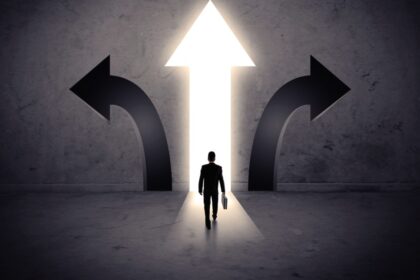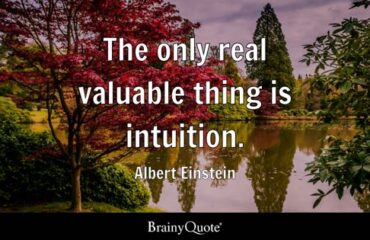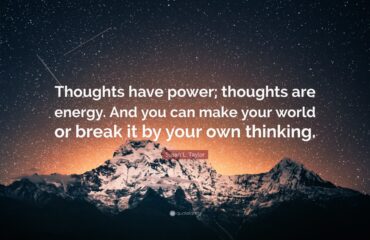
Have you ever wondered why we get induced to make some random and impulse purchases even when we had never planned for any such shopping? Or why we feel comfortable watching some advertisements or some movies again and again. Sometimes we feel comfortable in the company of certain people though both of us are so different in everything from tastes to likes.
Would be surprising to note that what studies have shown is that the decisions that we make are determined by brain activity ahead of time. What studies have shown is that the outcome of a decision is encoded in the brain about 10 seconds before we become aware about it. That is on a lot of occasions we are not aware about the decision being made in the brain and become aware about it as the decision enters the delivery mode.
Based on this understanding we can broadly categorize decision making into 4 categories as listed below.
- Conscious Reasoning Decisions
It is estimated that about 20 to 30% of the decisions that we take fall into this category. In this type of decision-making conscious reasoning is used
The various mathematical calculations like multiplications or divisions etc which we do to arrive at a solution fall into this category. So, if we are asked to multiply 18 with 9 the brain then follows a conscious reasoning method of decision making.
However, in schools we have studied multiplication tables with the result that many of us have memorized tables till 12 and still continue to remember them. So, if we get a multiplication for numbers like 8 multiplied by 5, we normally don’t have to think anything about it and the answer comes out instantaneously.
This type of decision making is called unconscious reasoning.
- Unconscious Reasoning Decisions
About 20 % of the decisions that we make daily come under this category. In fact, the brain promotes this kind of decision making as it helps to conserve energy for the brain. Had written in detail about the system 1 and system 2 of the brain and how they operate in one of my earlier articles links of which is as shown below.
Cementing #New #Year #Resolutions into #Habits – #Systems #Thinking Brain – Rejo Francis
- Conscious Emotion Decisions
Studies tell us that about 10 % of our decisions fall into this category. While these decisions play out though they are mainly driven by our emotions we are aware about these emotions that is driving these decisions. For example, if you are someone who has a fear for heights you will end up avoiding such rides when you go to a fun park. Or if you are someone who has been taught to respect and obey elders you find it very difficult to take an open tough stand against a senior colleague. While you might be comfortable in confiding with him your thoughts and doubts in person you might find it difficult doing so in an open meeting.
- Unconscious Emotion Decisions
The study said between 40 to 50% of the decisions that we make fall under this category. The biggest eye opener in this is this is true for even most of the decisions which we think we are fully in control and those which we feel we are taking those decisions on our own. Basically, we are not aware that we are taking these decisions without our actual awareness of the same.
Before we go further, it would also be good to understand how we actually take decisions.
The 4 key ingredients of any decision-making process are as below
- The external stimuli
- Reasoning which is used when reasoning is required as shown in conscious decision making and unconscious decision making above
- Emotion or emotional attention
This is influenced by various factors like
a. Homeostasis
This refers to the body condition that we are in when the decision is being taken. For example, studies have shown that we are likely to take more risks when our body is in a aroused stage than normal and so on
b. Mood
c. Personality
d. Culture
We will cover about each of these in the upcoming blogs.
- The actual decision making and its implementation
As the brain makes and executes decisions it wants to feel good or essentially the brain is looking for a reward in the form of a dopamine surge or calming levels of serotonin or other neurotransmitters. The greater the perceived reward the more it is likely for the brain to align towards that decision.
To continue reading about the decision-making process do subscribe to my new LinkedIn newsletter Rejo’s Biz Bytes and visit my website www.rejofrancis.com



